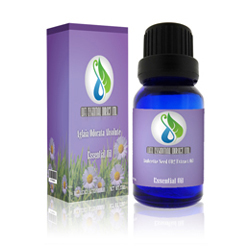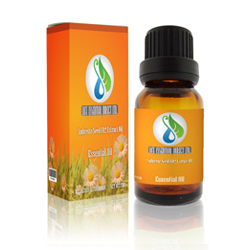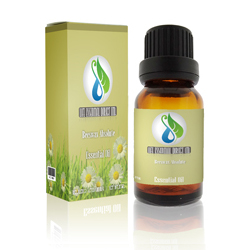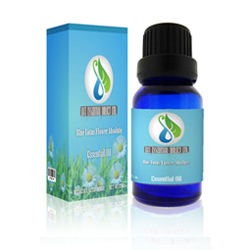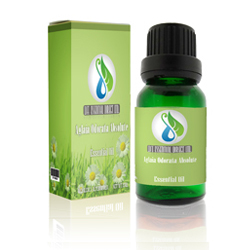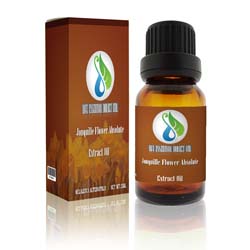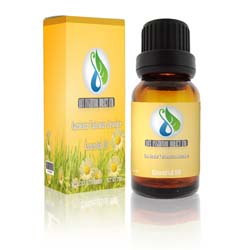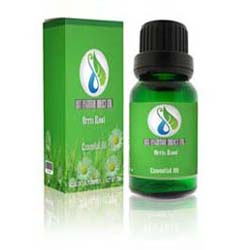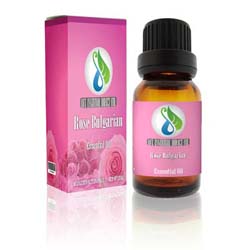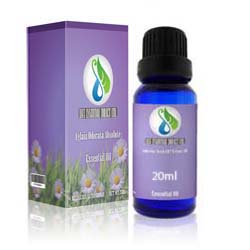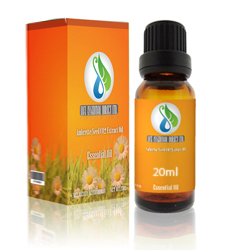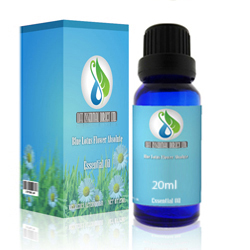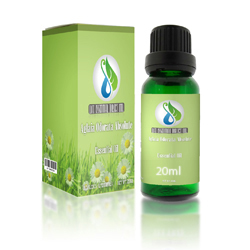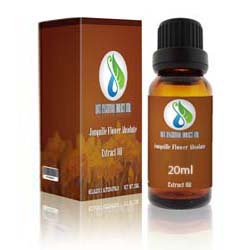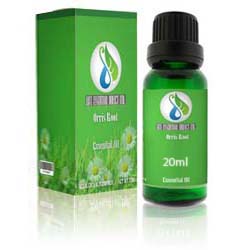Orris Root Essential Oil (20ML)
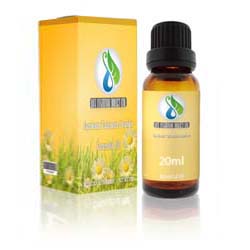

Orris Root Essential Oil (20ML)
Product Description
Absolute Orris Root Essential Oil
Extracted from the roots of the orris, more commonly known as Iris - Iris germanica, - this essential oil comes with romantic floral scents that captivate many a perfume fan. It possesses a scintillating violet undertone to its fragrance as well. History says orris root oil originated in Morocco and was extensively used as a constituent of perfume mixtures in ancient Greek and Roman civilizations. Romans used it to fragrance their hair and it is said that ancient Egyptians used it in soaps. The Iris flower was named after the Greek goddess associated with the rainbow, reflecting its array of colors. Currently, the plant grows in the North Temperate Zone and North America, with varieties in many other parts.
After storing and aging the iris root underground for at least three years, the extract is obtained by steam distillation which ends up with the final product. A single kilogram of essential oil is made from over 30 kgs of the extract.
With the refreshing romantic scent and the unique aroma it produces, orris root essential oil is considered one of the most desired among aromatherapy and natural scent fans. And the wide array of health benefits attributes add value to its importance. Orris root essential oil contains many natural chemical compounds responsible for its fragrance, aroma and health benefits.
Therapeutic Compounds Contained
Natural compounds found in orris root oil are: irone - an odorant in perfumes; methyl miristate - an emulsion oil component; ionone - an aromatic fragrance; isoflavone - which has phytoestrogenic effects; iridine - a type of flavonoid; irilone irigenin - a flavonoid; and triterpenes - a form of steroids, are contained in the rhizome.
Health Benefits
It cures diarrhea, heals bronchitis and cough, improves liver health, drives away anxiety and depression, alleviates oedema, prevents urinary inflammation, corrects hormonal imbalances, reduces the occurrence of renal calculi, treats sinus infections, and improves arthritis and rheumatism.
Cosmetic and Other Benefits
Considering cosmetic benefits, it has antibacterial and antifungal properties. With its emollient properties, it moisturizes skin, improves skin tone, and acts as an astringent for opened up skin and so is often found in body lotions. It is also used to flavor syrups, soft drinks, gelatin and candies. With its aroma-therapeutic benefits, it is a constituent in scented candles and exotic perfumes.

